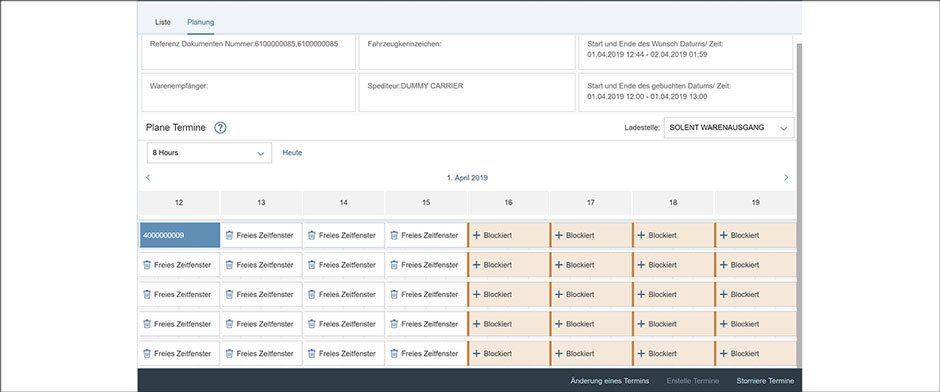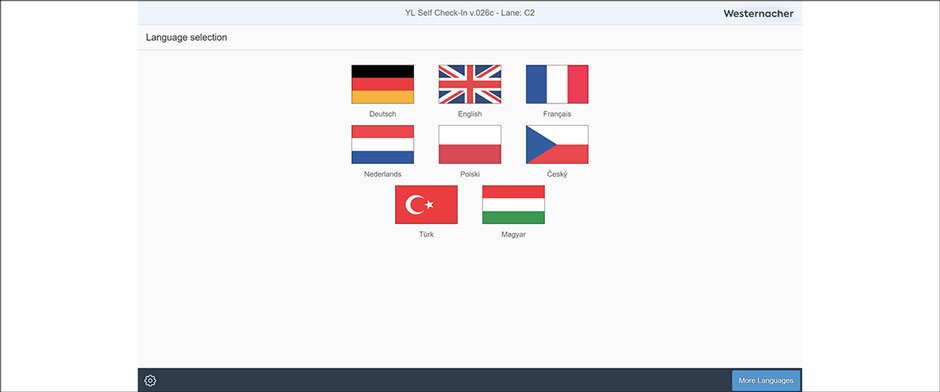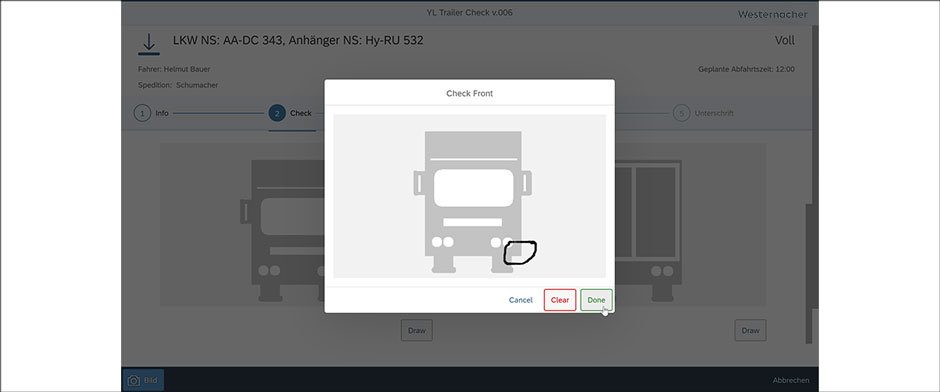Published on April 8, 2019 – Michael Augustin, Consultant SAP Yard Logistics (SAP YL) at Westernacher
Instead of capturing all data, such as vehicles, driver name and carrier information during the check-in, this information is already available through the upfront planning so manual input is minimized with the use of intuitive and user-friendly FIORI applications. By integrating to hardware on the yard, such as terminals, barrier and traffic lights, registration processes can be automated to an extend that no user input is required. With OCR recognition, license plates can be scanned to automatically open barriers and give access to trucks which have been pre-registered to reduce check-in time at the yard. For check-in processes which require additional driver input, truck drivers can check-in themselves in their native language through the Westernacher Self-Check-In Application, avoiding any language barriers at the check-in and guiding truck drivers automatically through the process.
With the standard integration to SAP Extended Warehouse Management (SAP EWM), SAP Transportation Management (SAP TM) and SAP Enterprise Resource Planning (SAP ERP) / SAP S/4HANA, SAP Yard Logistics is the system to unlock the full potential of your yard and start your journey towards automatization and digitalization.
Share this article



